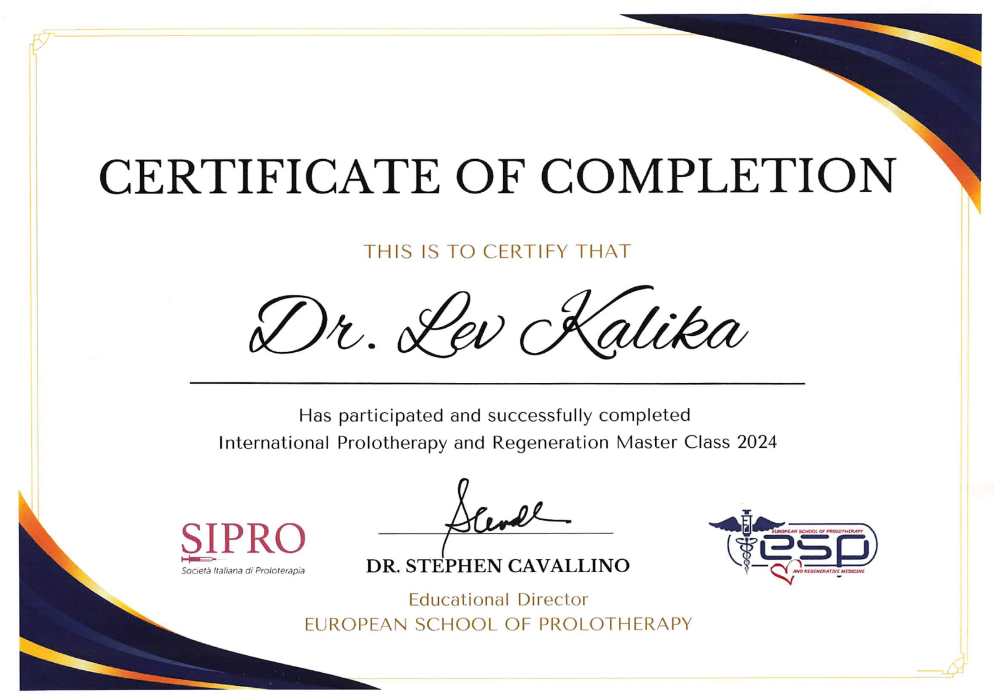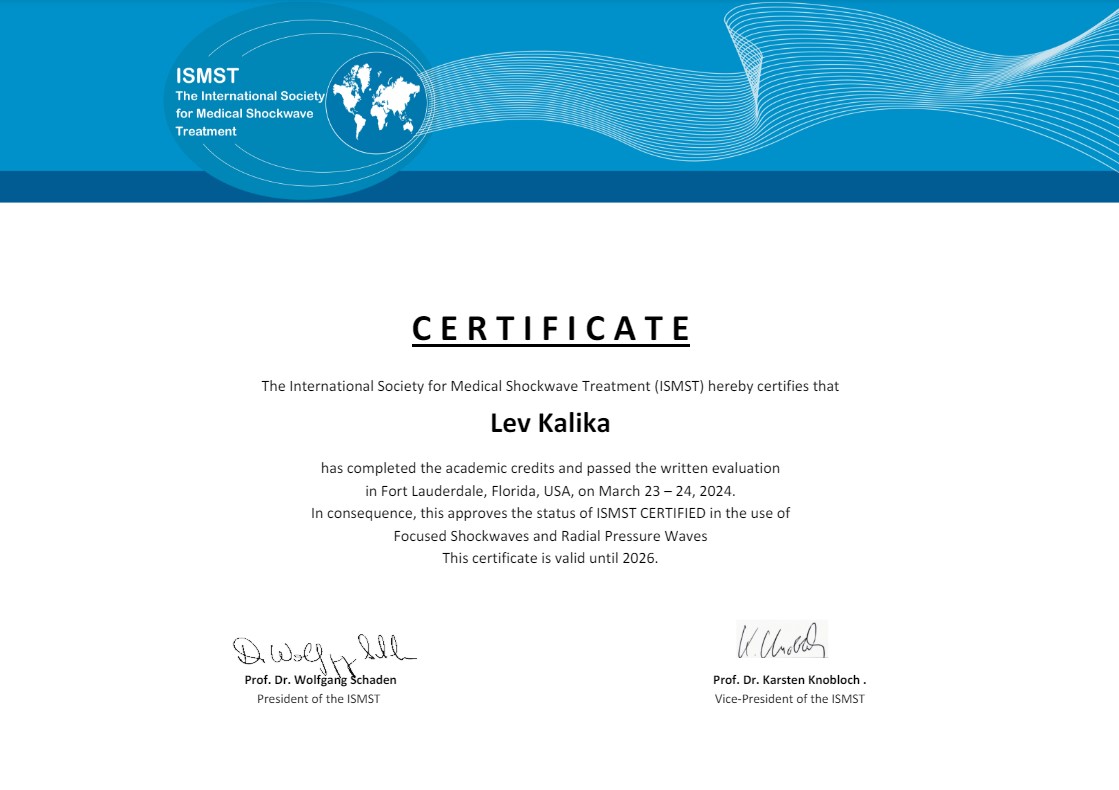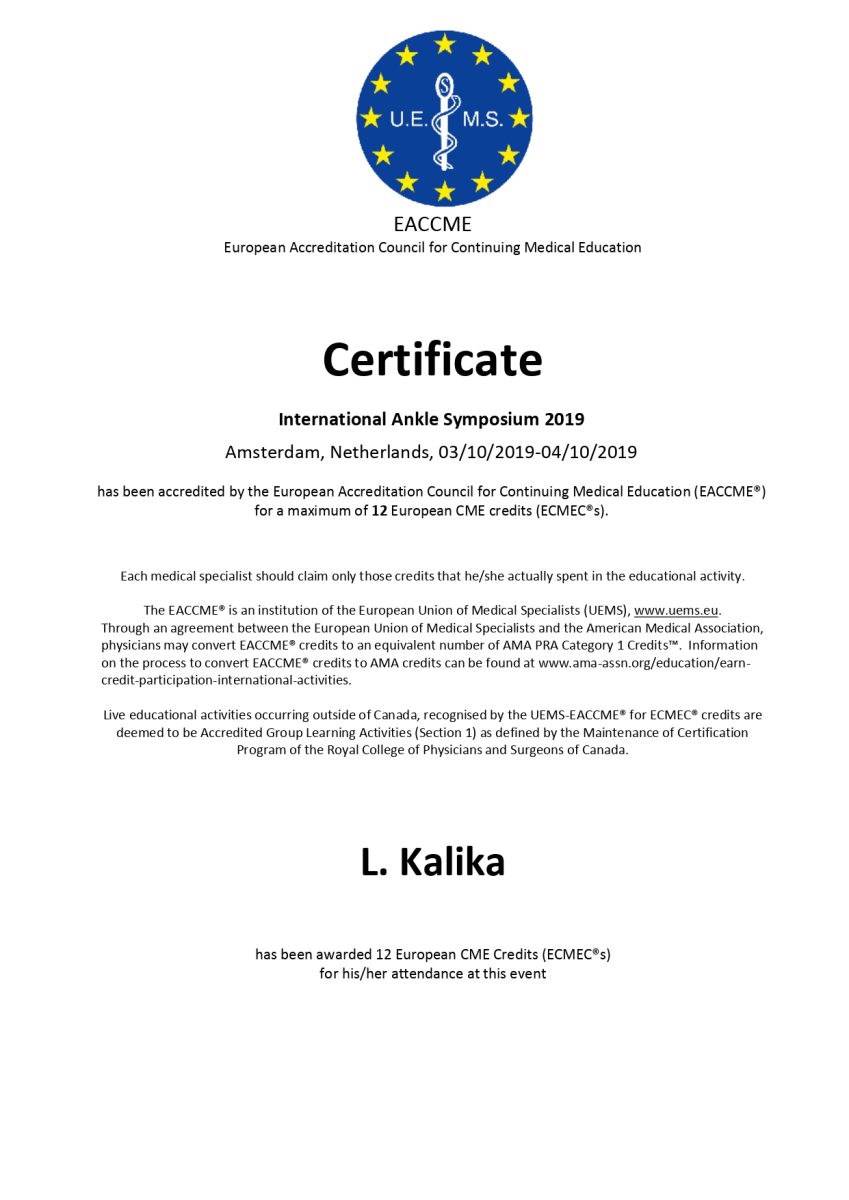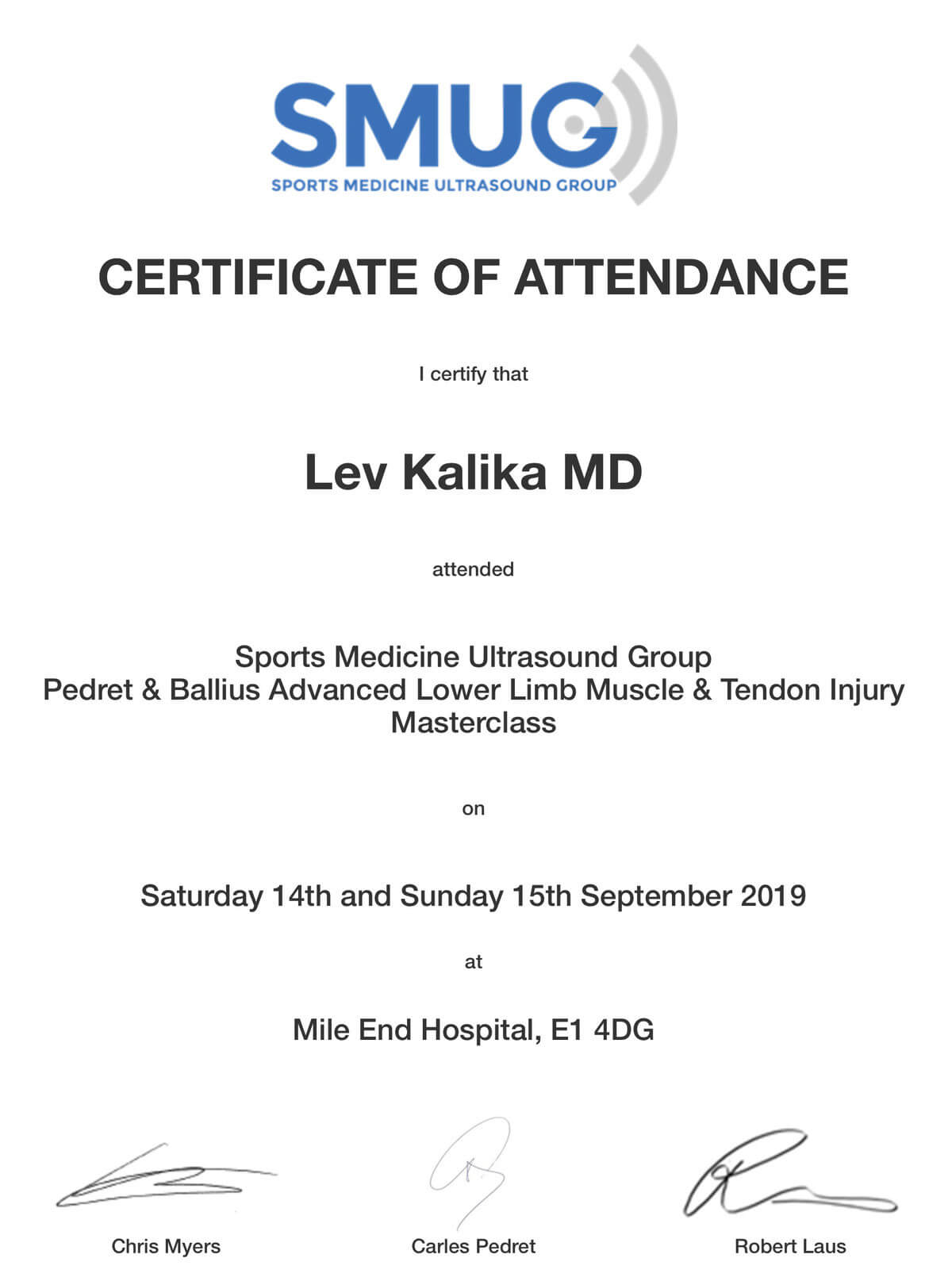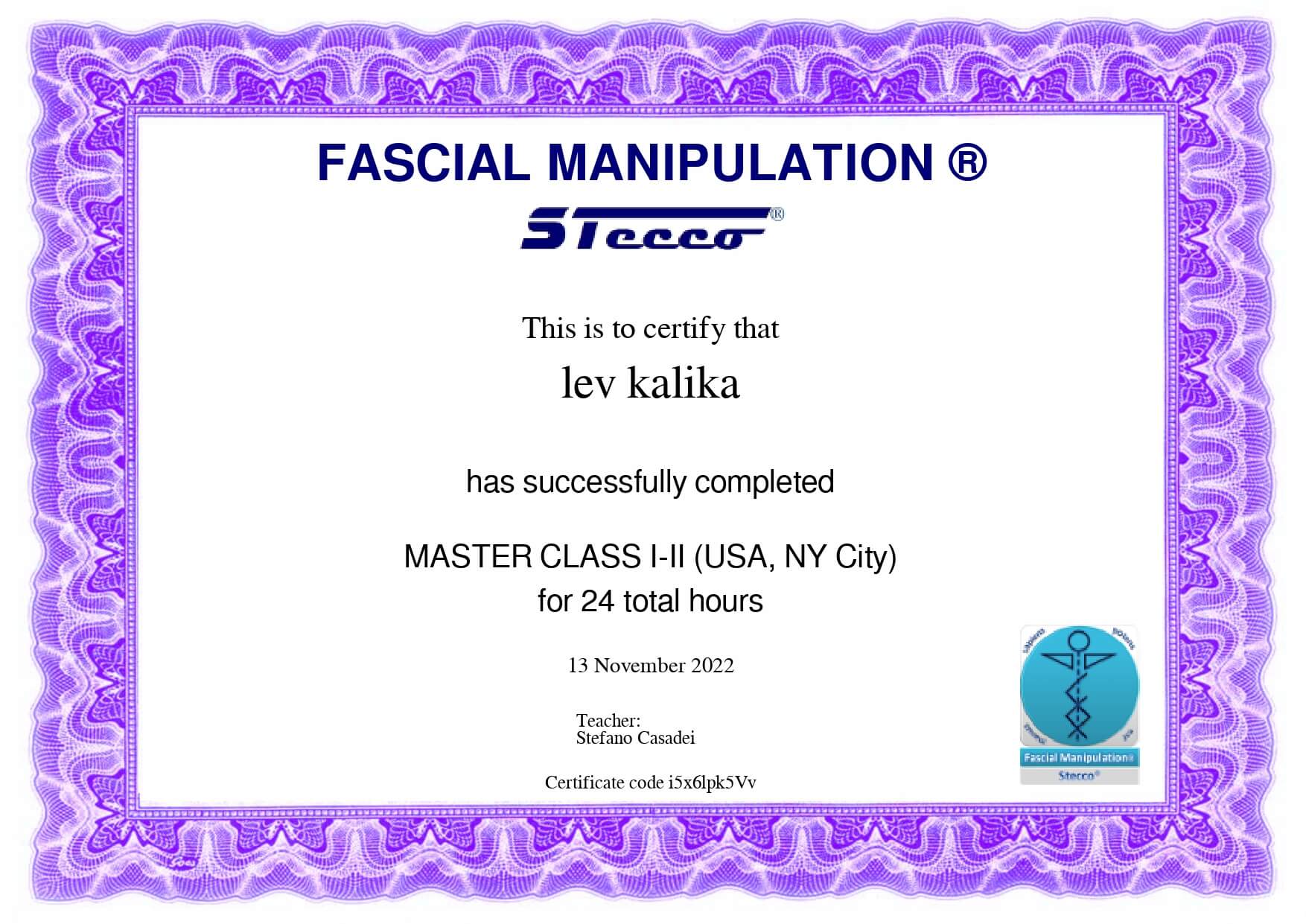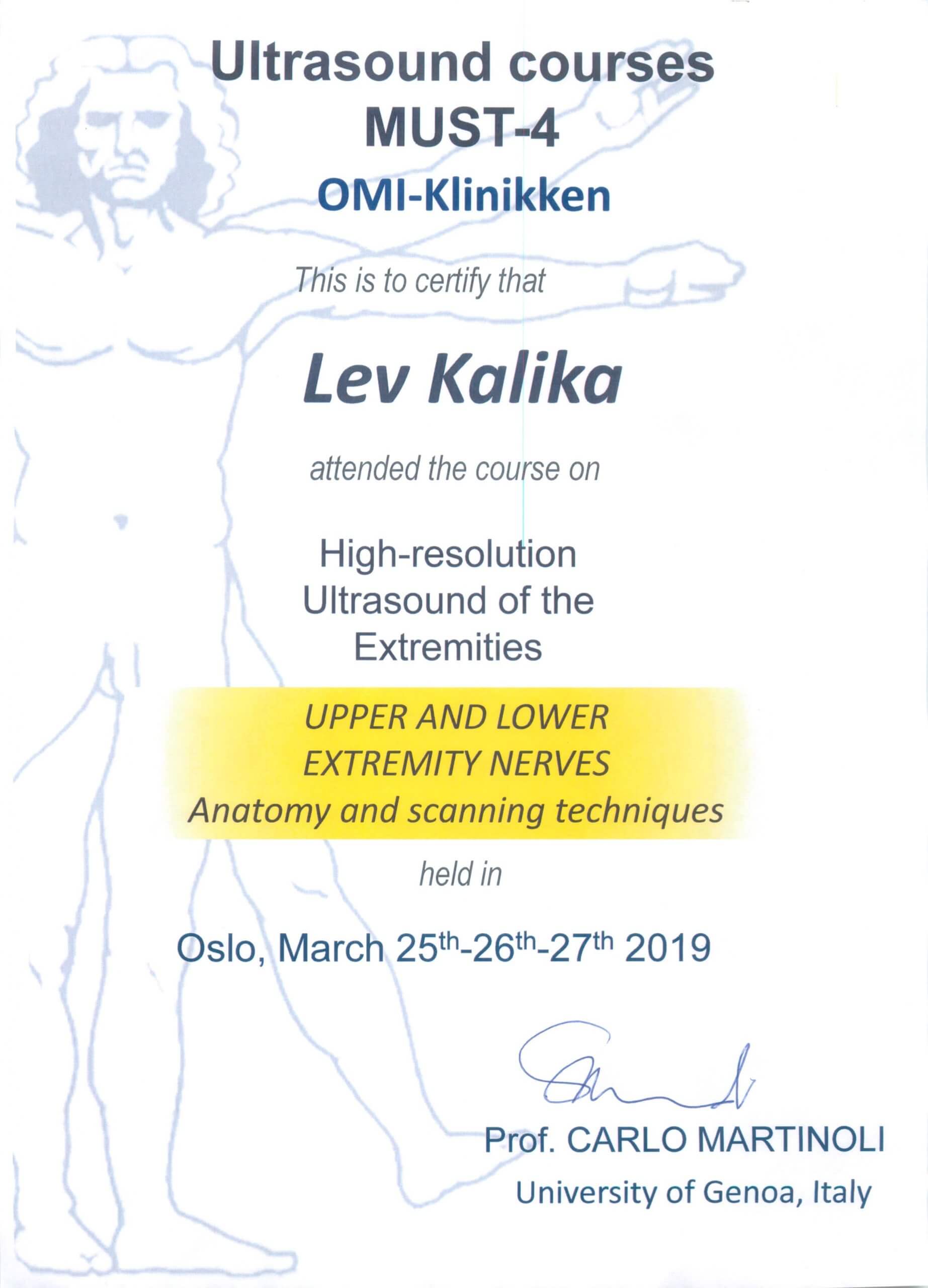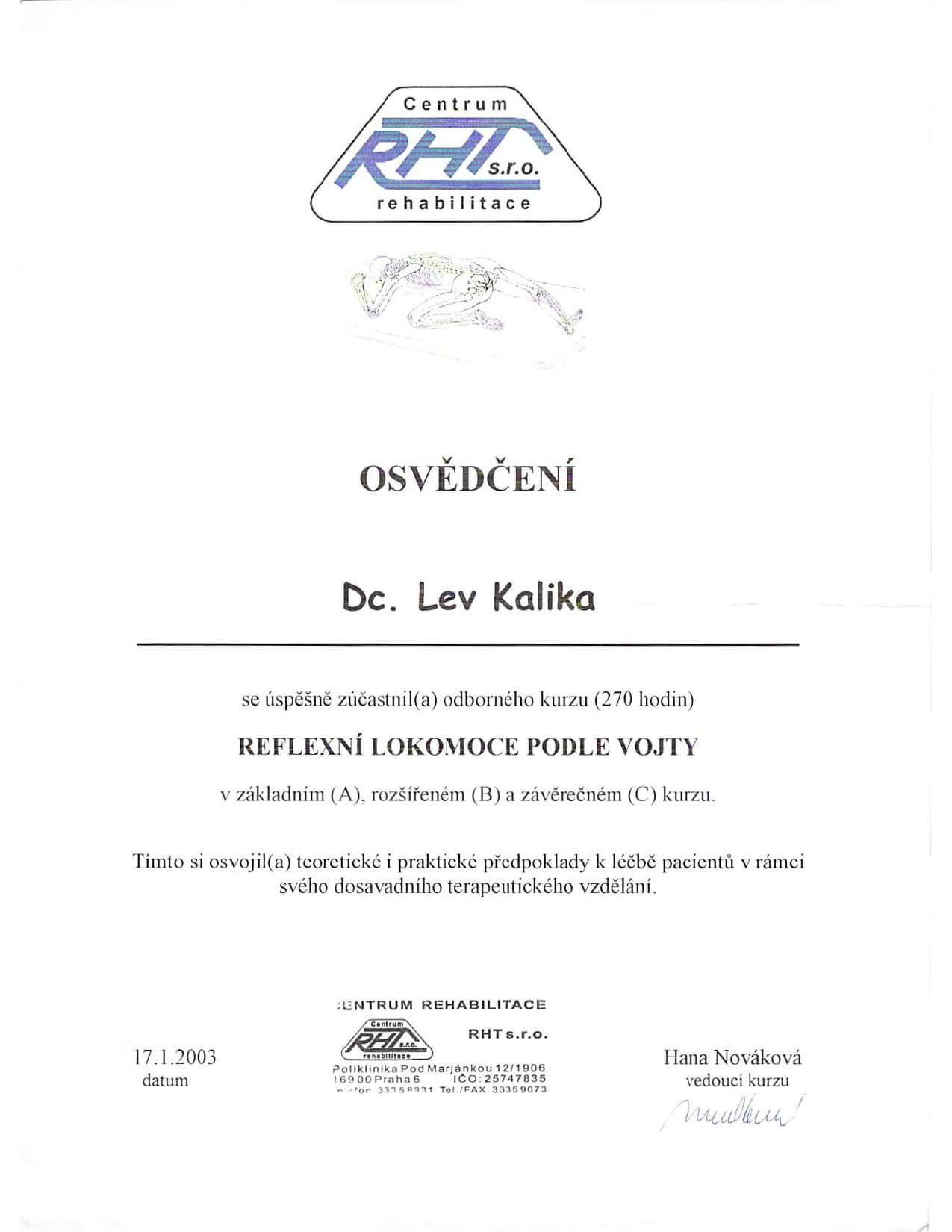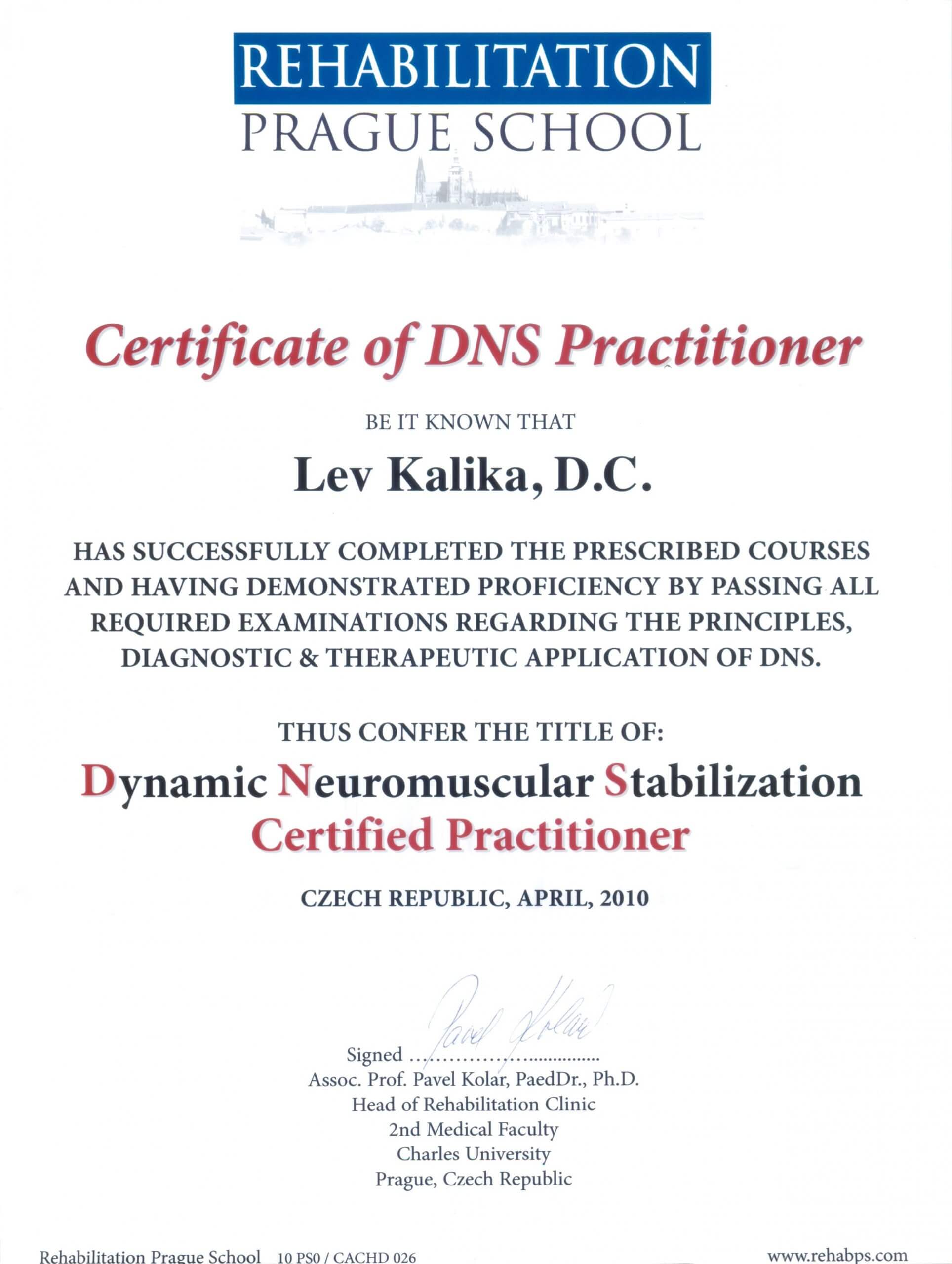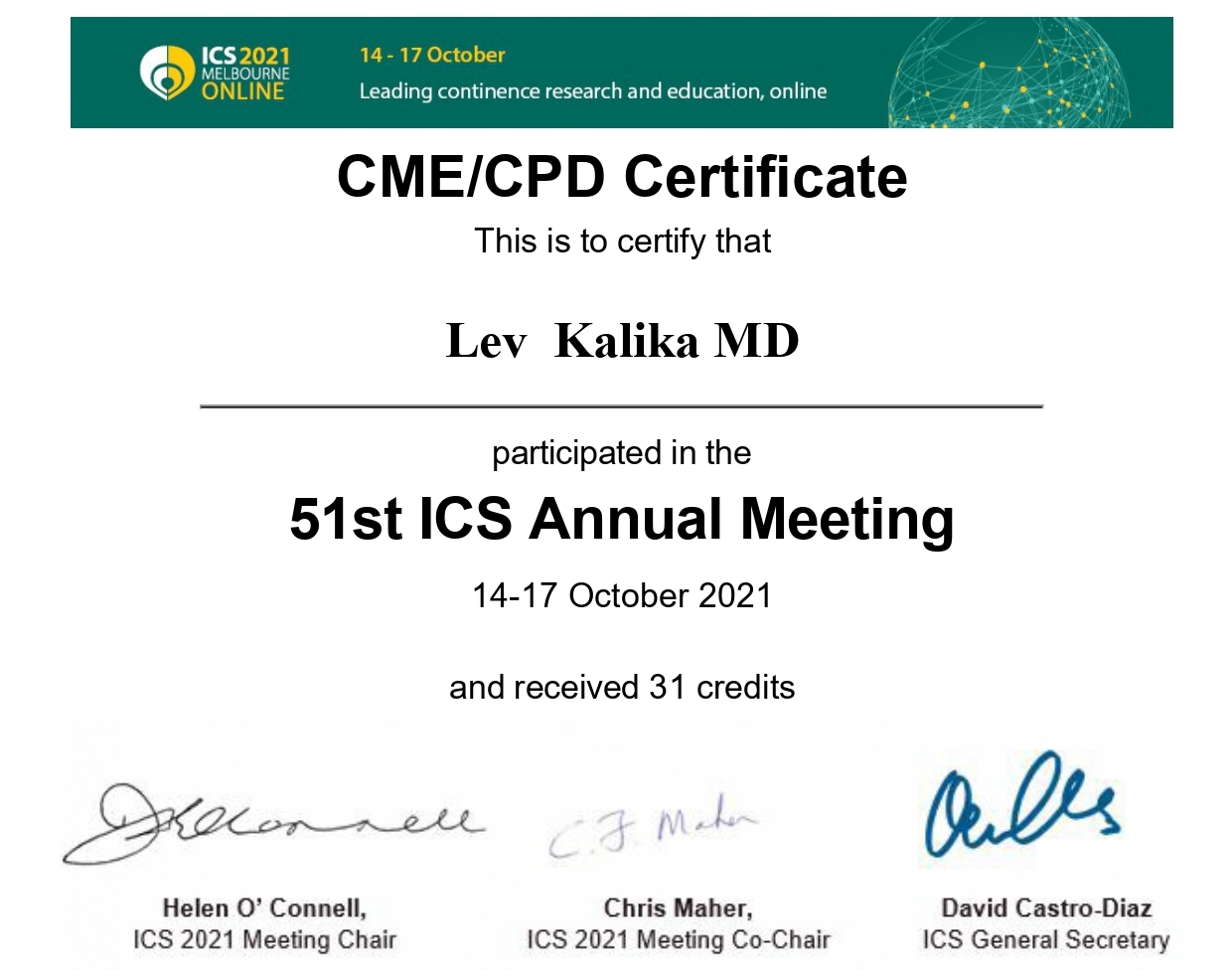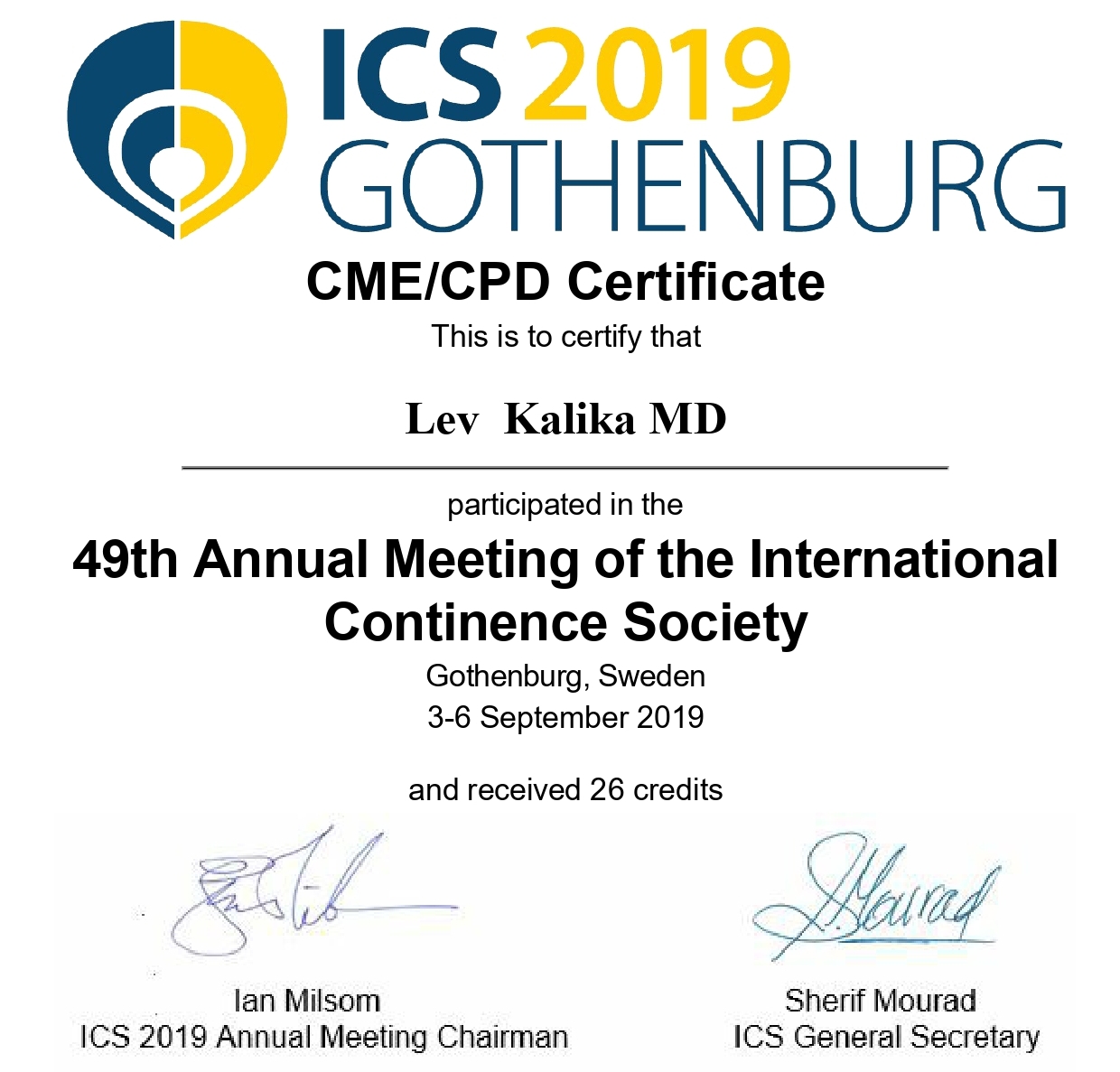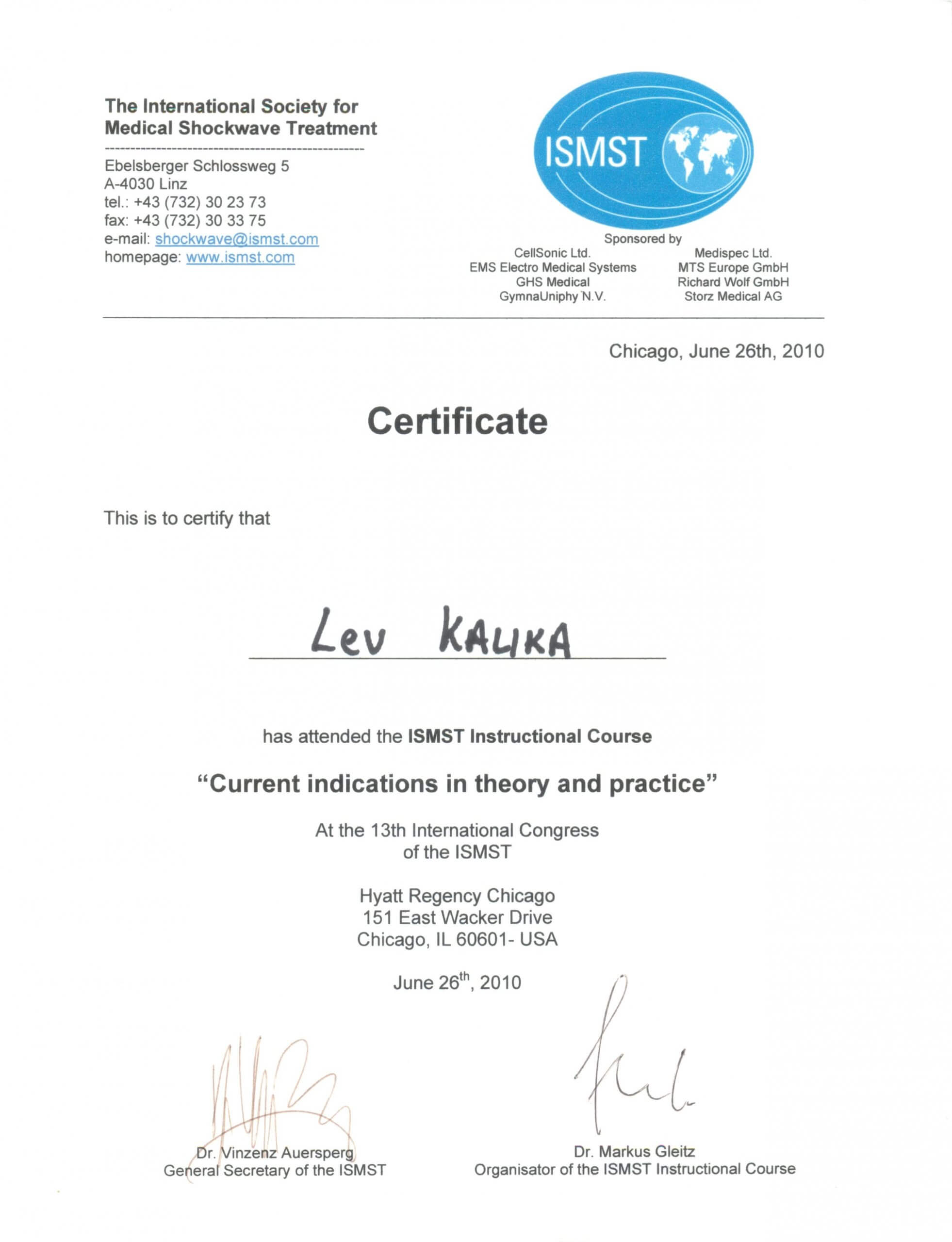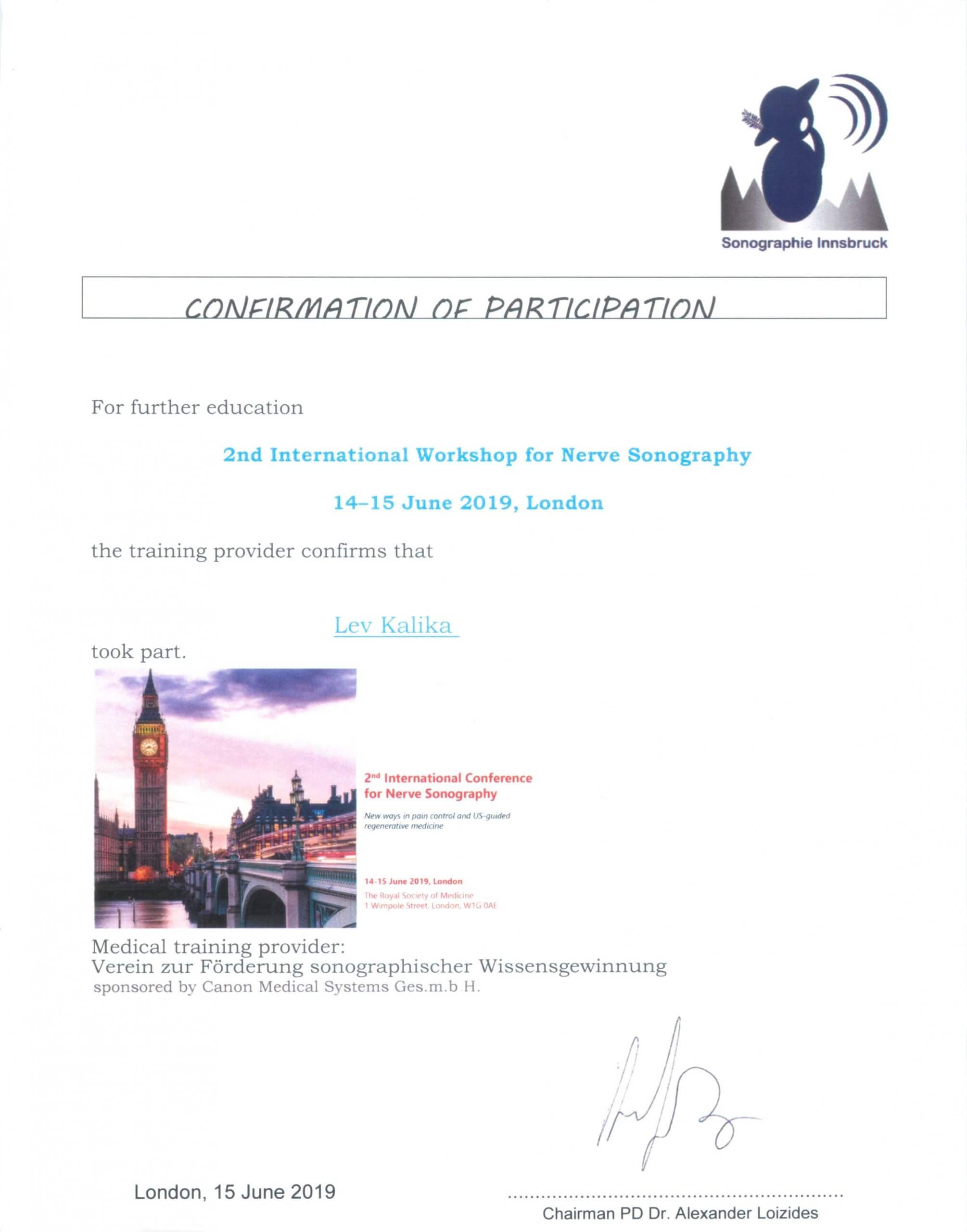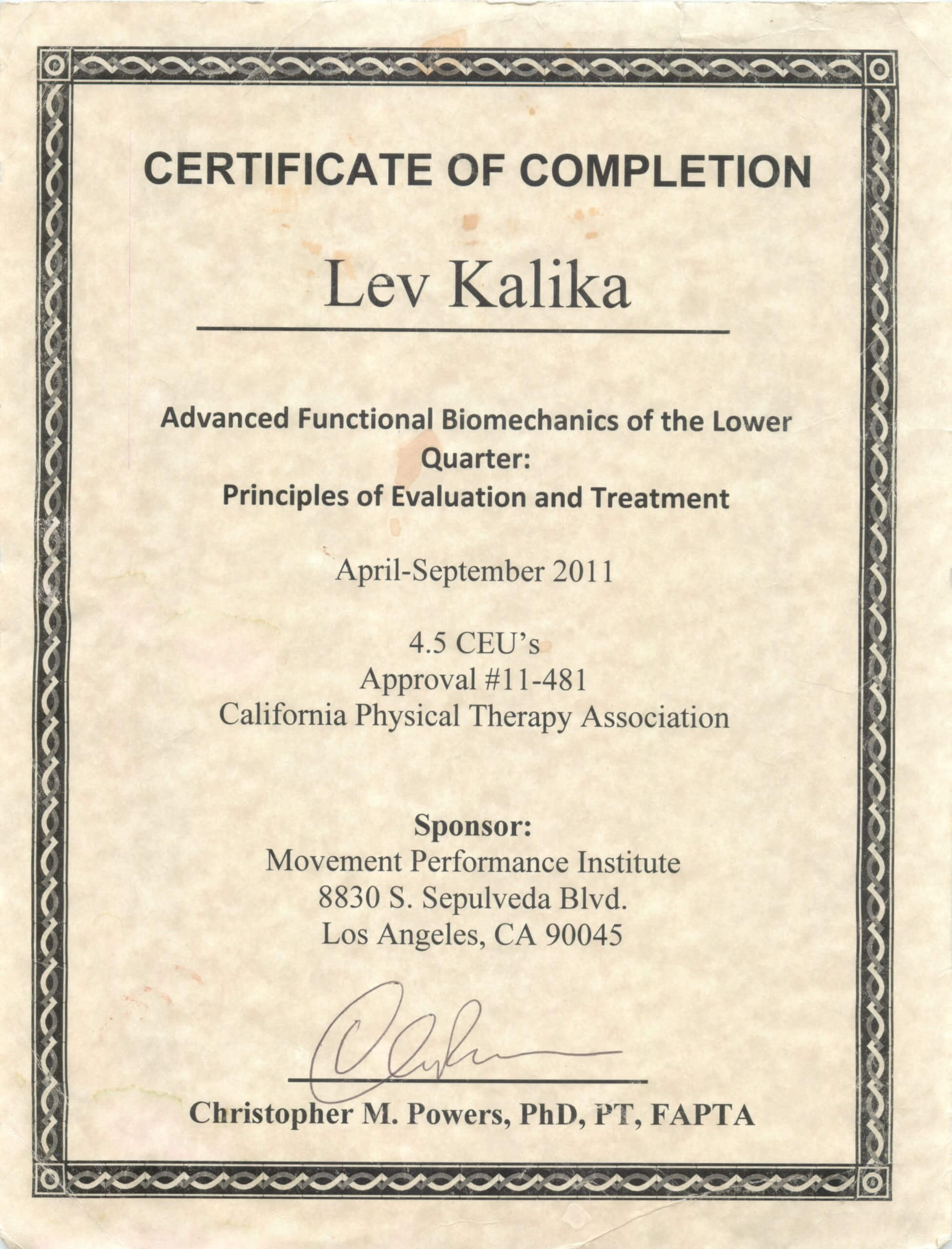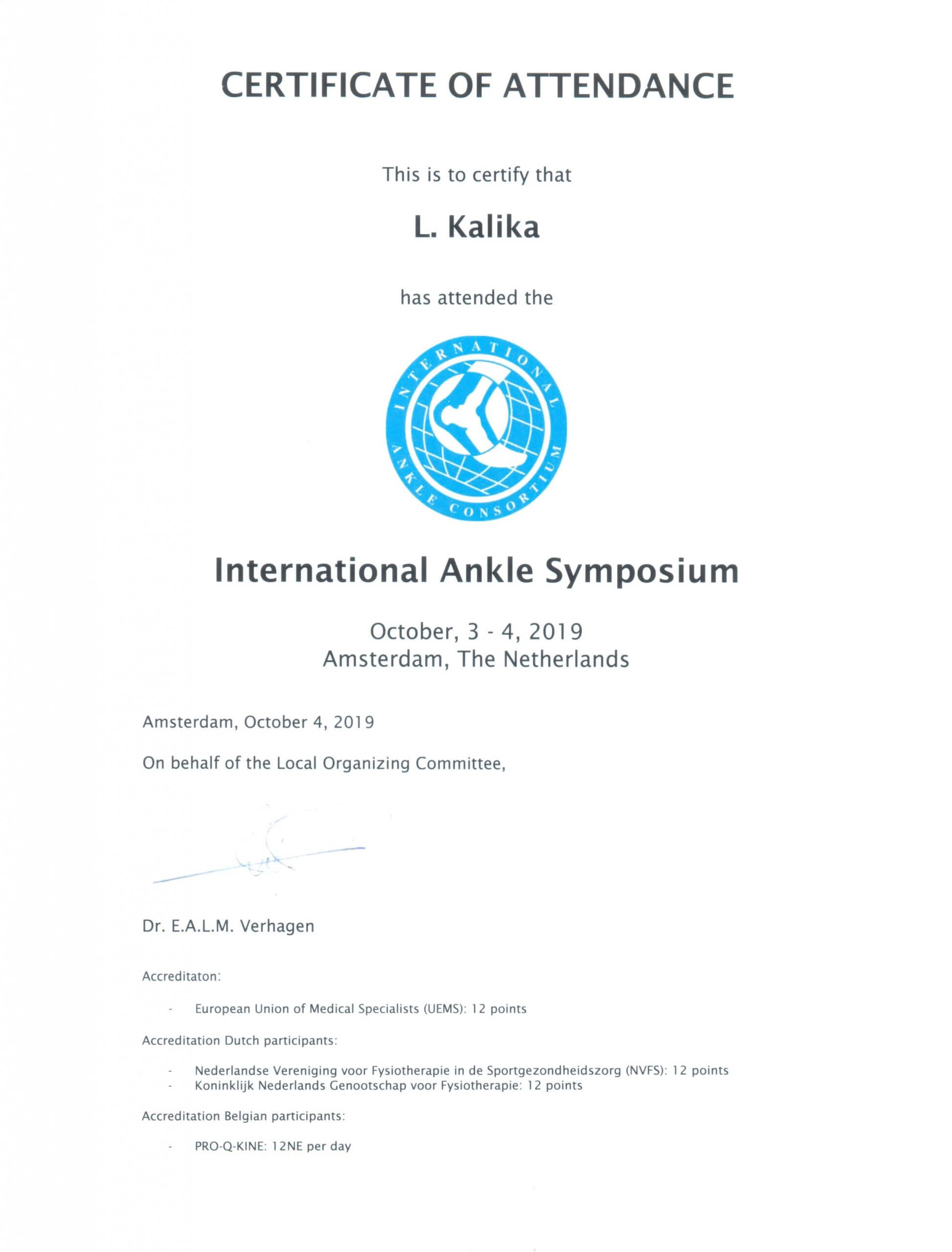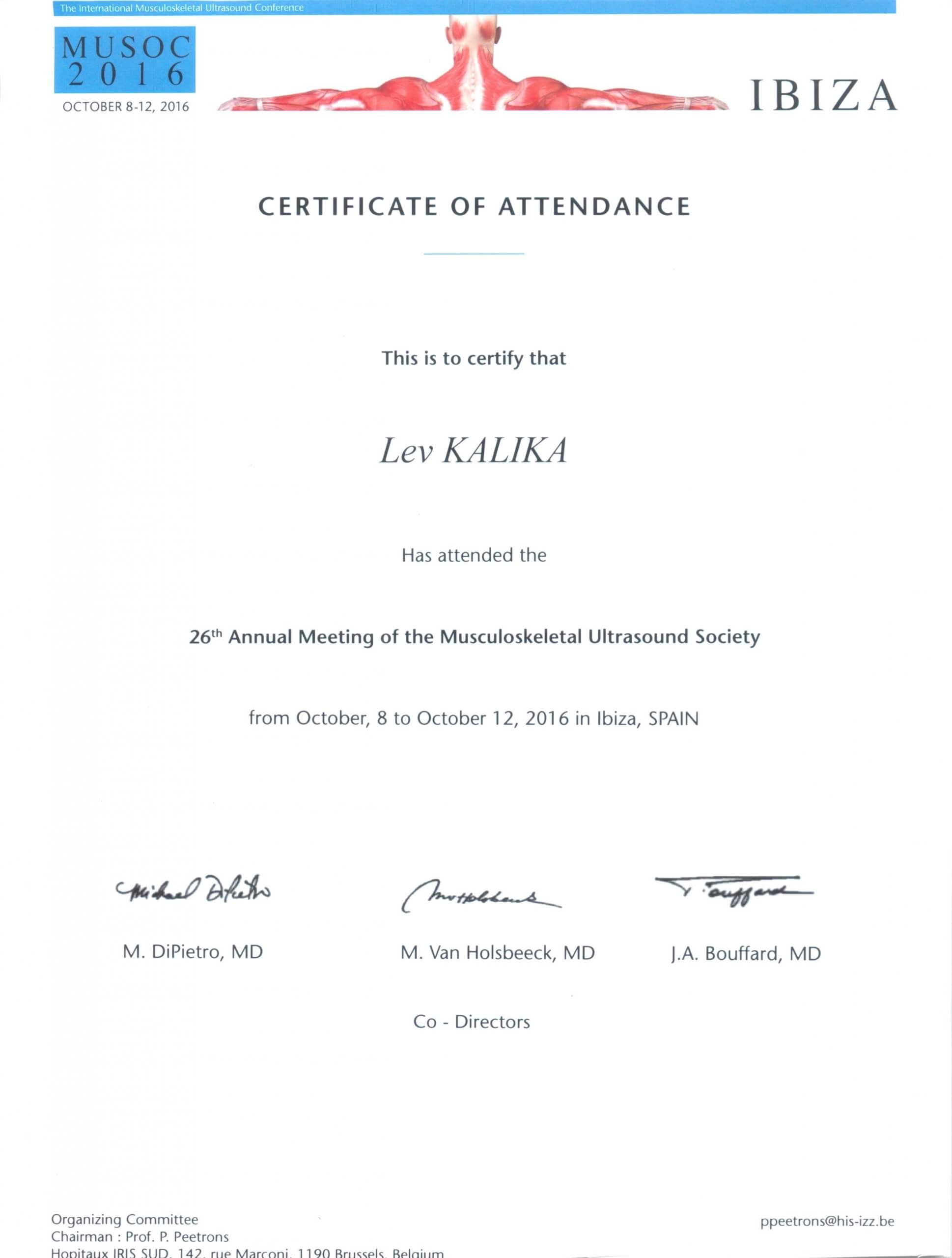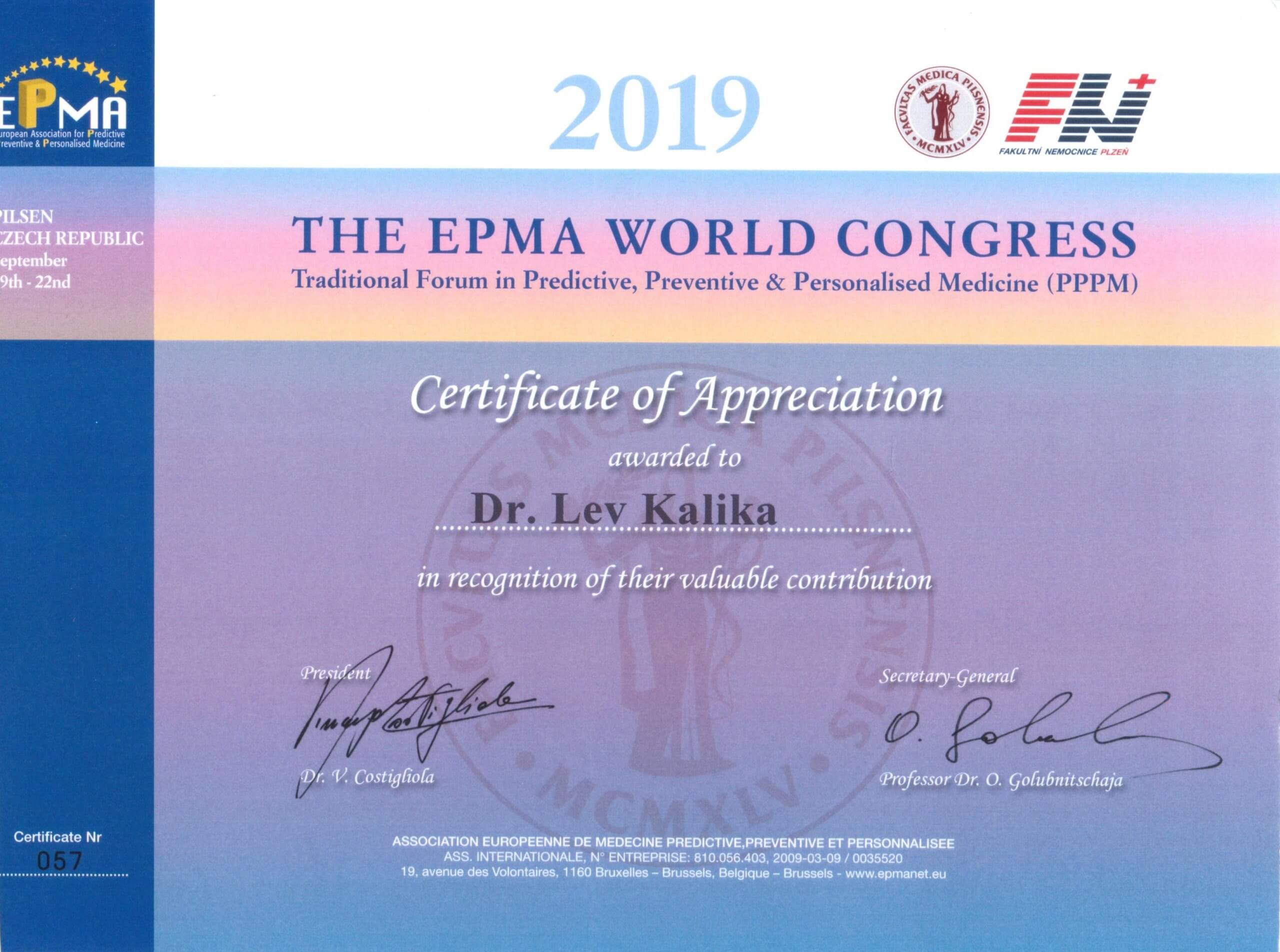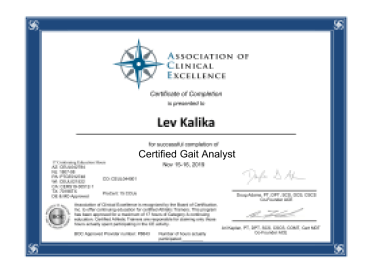Risk Factors
There are many risk facto plantar fasciitis, both sports related and otherwise. Here are some plantar fasciitis causes.
Weight
Weight bearing down on the mechanics of the heel and foot is increasingly harmful as it rises. In addition to the added pressure of pounds on the body, inactivity can create a chemical damage in the band of the sole of the foot, which damages the area and increases pain. This chemical damage occurs when a strong vertical force is caused by being overweight, resulting in an increase of stress on the tissues of the foot.
Football players tend to often occur in football players.
While football players and other sports professionals do not have the option to help nonathletes in the treatment of plantar fasciitis.
Specific Sports
Sports requiring quick change of movement or a rapid change in direction are more likely to cause harm.
Pivoting and cutting directions in fast-paced sports like lacrosse, field hockey, and football put extra pressure under the arch of the foot and the heel than simple running. Plantar fasciitis in football players, for example, can occur when players use the ball of the foot to keep the foot balanced while playing these sports.
Wearing Cleats
Cleats have poor arch support and flat soles, which can contribute to consideration more than the attractive appearance of a product.
Athletes often find that tight cleats confine their feet, which may feel uncomfortable. This is important, however, tor in orthotic health is the volume and cushion of a shoe, which the cleat typically lacks. A good cleat comes with removable insoles, so the player can adjust them as needed for comfort.
Cleats are not designed to have more support.
Biomechanics and Warm Up
Without a proper warm up, a sudden acceleration or change in direction can stretch and damage the bands in the sole of the foot. Impacting the windlass mechanism in the foot at a high speed is a common maneuver for athletes, and should not be done without a warm up.
Preventing injuries such as plantar fasciitis is why professional athletes often spend long periods of time warming up before a game. Stretching muscles, keeping the body activated, and making sure the body is not stiff or tight plays a big role in reducing the occurrence of injuries. Stretching and warming up helps to participating in a sport is associated with better performance and a lower rate of injury.
Even a ten minute warm up of light running before playing sports to prevent injury.
Signs and Symptoms
While the cause of heel pain may be initially unknown, here are some signs and symptoms of plantar fasciitis that are common in both athletes and sedentary individuals.
Pain
Pain typically appears on the lower end of the heel. It is often the most intense during the first steps of the day or after a period of rest. After a long period of having no weight beared on the heel and then having a sudden change of stress, the pain is typically initiated.
Sharp pain may occur on the bot Swelling
The heel may also experience swelling. As the connective band in the foot becomes irritated and begins to the point that it is visible from the outside of the foot. This swelling with come and go with the level of activity being performed. Athletes with plantar fasciitis may notice their shoes become a bit tight if they do experience this swelling.
Treatment of Plantar Fasciitis
For most sufferers, this condition is able to proceed with a more aggressive treatment than when treating sedentary patients.
Athletes cannot always follow the recommended paradigm of plantar fasciitis treatment. This includes rest and limited activity, which is not feasible for athletes who are working at a high level. Additional strategies that are recommended for treatment may also be impossible for athletes, such as a decrease in the length of stride or a change of running pace. These may negatively affect performance.
Heel Spurs
Although many sufferers of plantar fasciitis also have bone spurs, these do not cause pain. Ten percent of the population has heel spurs, yet only 5% of people with bone spurs experience pain. Because spurs do not cause plantar fasciitis, it can be treated without removing the bone spur.
Medication
While anti-inflammato their activity in a short amount of time.
Alternative Treatment
Treatment needs to keep the body in shape.
Orthoses
There has also been a great success in using semi-rigid custo reduce pressure on the foot, such as deforming the nubs on cleats.
Adjustable orthoses are able to address the various demands that are required by various playing positions. This includes running direction, dominant leg, and symmetry issues. Low profile inserts can be fit comfortably, while allowing biomechanical corrections without negatively affecting performance in the constraints of a tight shoe.
Night Splint
A night splint can be worn to the foot and calf can hold the band of tissue in the foot and Achilles tendon in an elongated position while resting.
Also while at home, heel cord stretching is important to place the heel cord on a sustained stretch that remains static during rest.
Additional Help
Additional exercises and stretches may be done to the affected area.
Athletes tend to being in the rehabilitation training room for various healing exercises and often already have a relationship with a physical therapist.
While healing plantar fasciitis, it is important to always wear supportive footwear that is stable. Open-back shoes should be avoided, as well as sandals and flip flops. Any flat shoes with no foot support should be avoided.
Rehabilitation and Return to Normal Activity
The goal of rehabilitation is to endure more pressure without becoming damaged.
With a full rehabilitation, athletes are able to not re-injure this area.
Cold Therapy
Using ice massage during rehabilitation for up to apply the cold sensation.
Returning to Play
Before returning to not further in injury.
Be sure to play. Each training session should begin and end with a period of stretching. Stretches should be held for thirty seconds each and repeated at least five times.
Plantar fasciitis in sports will become increasingly prominent in the news as it continues to prevent this injury at every level of athleticism.
While average, sedentary people can take a modest approach to heal plantar fasciitis, as there are risks involved with the over treatment of the disorder that can end up causing longer-term consequences.
It is important to put additional pressure on the heel or foot are vital in the recovery of plantar fasciitis.



